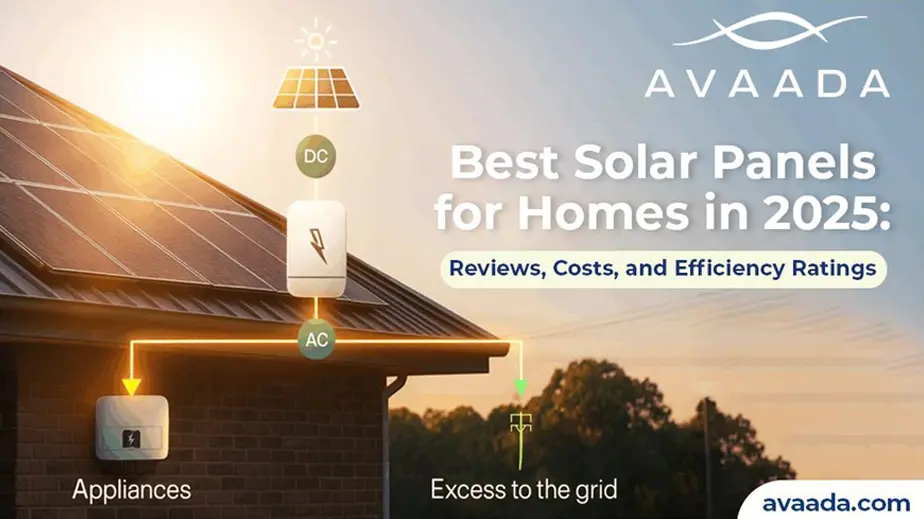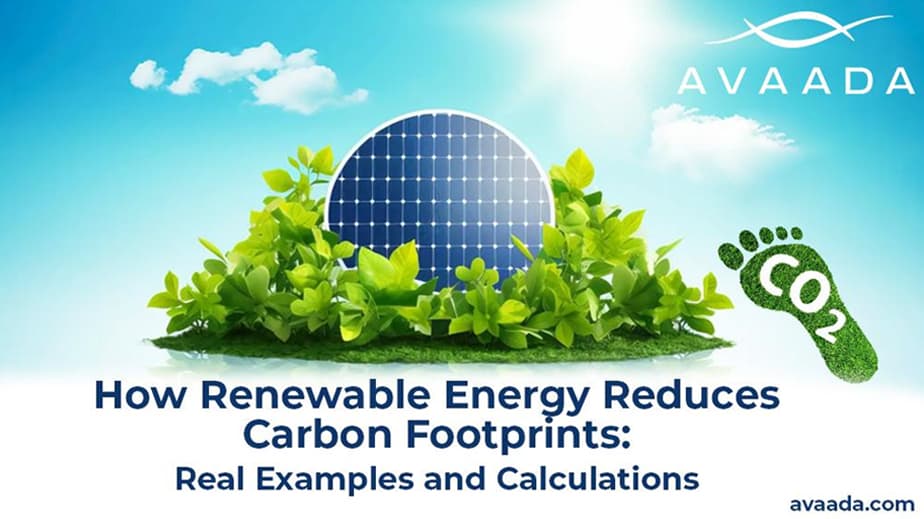As the world accelerates toward decarbonization, Battery Energy Storage Systems (BESS) and green hydrogen are emerging as transformative solutions. Alone, each offers powerful benefits but together, they have the potential to create a stronger, more flexible, and sustainable energy system.
By combining BESS with green hydrogen, we unlock greater grid stability, adaptable long- and short-term energy storage, and seamless integration of renewables. Pioneering companies like Avaada are showing how this synergy can drive the transition to a truly green energy future.
Understanding the Basics: BESS and Green Hydrogen
BESS systems are to store energy, often from clean sources such as solar and wind for use during periods of high demand or low generation. They provide grid reliability, allow peak shaving, and avoid curtailment of renewable energy.
Green hydrogen, however, is generated through the use of renewable electricity to fuel electrolysis, splitting water into hydrogen and oxygen. When produced from clean sources, hydrogen is a carbon-free fuel that can be stored for extended periods of time and utilized in numerous applications, ranging from transportation to industrial uses and grid balancing.
To learn more about Green Hydrogen, explore our blog on “Top 10 Green Hydrogen Companies in the World (2025)“
Where Integration Makes Sense
The combination of a BESS system and green hydrogen becomes of greatest use in large-scale projects, especially where energy production is intermittent. BESS can even out short-term variation and see to it that power is on tap for electrolysis operations even when solar or wind power is not readily available. This stabilizes not only the power supply to electrolyzers but enhances the economics of hydrogen production as well.
One of the primary challenges in green hydrogen production is the cost of electricity. In cases where renewable generation is intermittent, electrolyzers sit idle or utilize costly grid power. With the inclusion of a BESS system, renewable energy can be stored during off-peak demand times and dispatched strategically to supply hydrogen production, thereby reducing operational costs and improving efficiency.
Avaada's Approach
Avaada is a leading clean energy company in India, with a holistic approach that spans solar energy, battery energy storage systems (BESS), and green hydrogen. The company is actively developing large-scale BESS infrastructure while simultaneously expanding its green hydrogen and ammonia production capacities, positioning itself as one of the few players capable of delivering turnkey hybrid energy solutions for both industrial and grid-scale applications361.
Avaada’s strategy is to co-locate BESS with green hydrogen facilities, which helps address both technical and economic challenges associated with renewable energy integration. By directly integrating BESS into its solar and hybrid projects, Avaada can:
Balance the energy supply to electrolyzers, ensuring a steady and reliable electricity source for hydrogen production—even when solar or wind generation is variable21.
Enhance grid stability by time-shifting renewable energy, reducing curtailment, and providing firm, dispatchable power during peak demand or grid fluctuations23.
Improve the operational economics of green hydrogen, as stored renewable electricity can be used for electrolysis when grid prices are high or supply is intermittent1.
Through these initiatives, Avaada is at the forefront of delivering integrated, resilient, and sustainable energy solutions, leveraging synergies between BESS and green hydrogen to drive India’s transition to a low-carbon energy future.
Technical and Economic Advantages
Technically, the integration of BESS with hydrogen stations allows for smoother grid operation, less voltage fluctuation, and improved demand-side management reliability. This becomes vital with the growing proportion of renewable energy in national grids.
Economically, integration of this kind optimizes the load factor for electrolyzers, decreases reliance on high-tariff grid electricity, and brings down the Levelized Cost of Hydrogen (LCOH). This can allow for green hydrogen to be competitive with hydrogen from fossil fuels and speed its uptake in challenging-to-abate areas like steel, cement, and aviation.
Policy Support and Future Potential
India’s National Green Hydrogen Mission and renewable energy ambitions have paved the way for large-scale deployment of hybrid energy systems. Progressive policies are encouraging the co-location of renewable power, Battery Energy Storage Systems (BESS), and green hydrogen production facilities, creating a fertile environment for innovators like Avaada to spearhead scalable, integrated solutions.
To learn more about Battery Energy Storage Systems, explore our blog on “Trends Shaping Battery Energy Storage Systems in 2025“
Conclusion
Integrating Battery Energy Storage Systems (BESS) with green hydrogen production marks a pivotal advancement toward a low-carbon, flexible energy future. This synergy stabilizes renewable energy input, enhances hydrogen production efficiency, and positions hydrogen as a scalable, sustainable energy carrier.
As renewable energy penetration deepens and nations strive for net-zero goals, such hybrid solutions will be indispensable. Industry leaders like Avaada, with expertise spanning clean energy technologies, are not only harnessing this synergy but are also building the critical infrastructure to enable and accelerate the transition to a resilient, green energy ecosystem.








